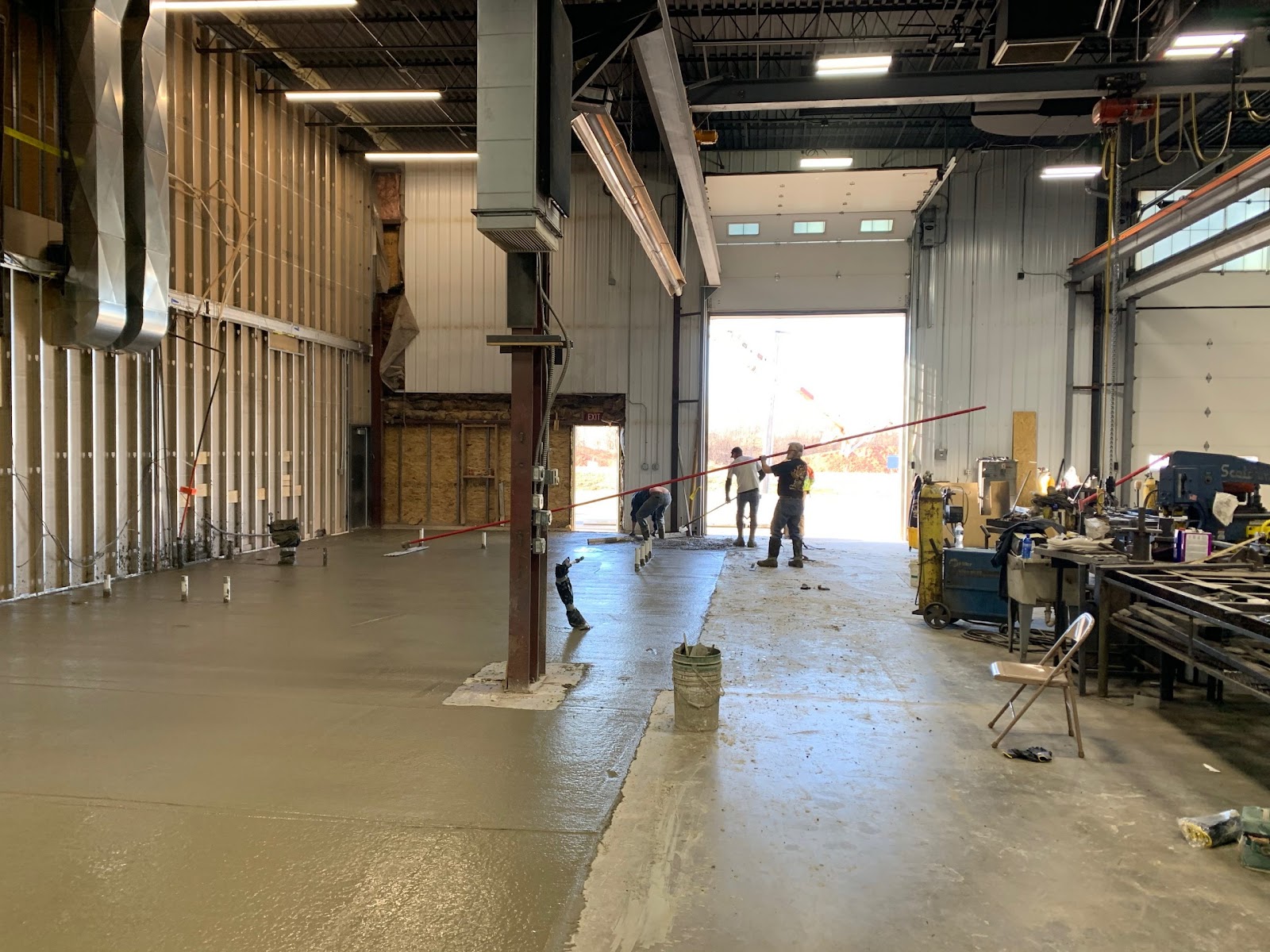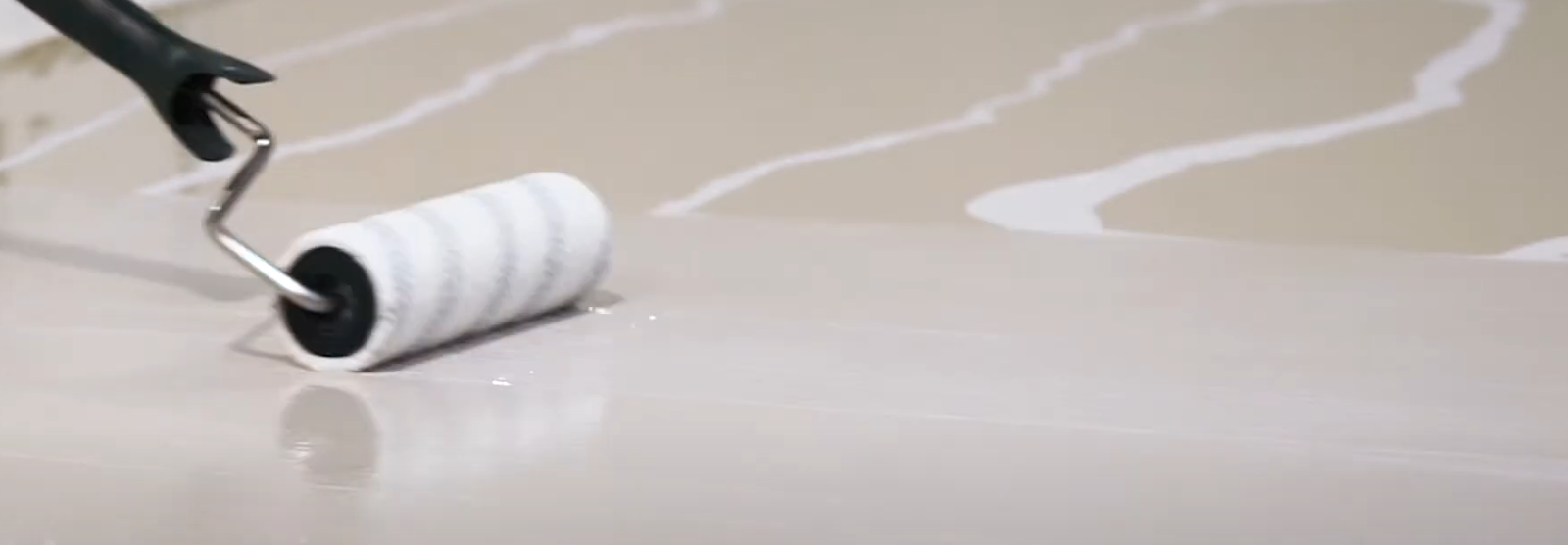INSTRUCTION for the application and use of corrosion protection material
Polyme is an industrial quality product which is a one-component liquid compound (completely ready to use) consisting of 95-97% electrolytic, acrylic modified alkyd resin, volatile agents and binders.
Polymer coating is a homogeneous thin film, zinc and a polymeric binder. The materia in Polymer is protected active, which significantly affects the protective properties of the coating itself.
Polymer also has other special properties thanks to its organic binders. It is in no way harder than the metal on which it is applied. Liquid Zinc can withstand mechanical deformation and is moderately abrasion resistant.
Polymer is easy to reapply as each subsequent layer of Polymer bonds perfectly to the previous one. All additional coats are mixed into one continuous layer of Polymer.
Polymer is an original and unique patented trademark of its kind. Surface preparation before applying Polymer Floor.
Cleanliness and roughness of the surface are key. The surface must be free of dirt, oil, grease, inorganic deposits and loose rust. Sand-blasting and degreasing of the surface is recommended to prepare the surface and ensure the necessary cleaning and roughness. It is acceptable to use Polymer as a primer on new steel without removing mill scale, but in this case the electrochemical interaction of with iron is not ensured.
- New steel
- 1. Remove mill scale. Blast finished to a cleanliness grade Sa. 2.5 and roughness grade Ra 12.5 (desirable).
- 2. Degrease the surface.
- Old, rusty surface
- 1. Remove any loose rust by sandblasting or mechanical abrasion.
- 2.Degrease the surface.
- 2.1. Previously galvanised surface
- 2.2. Pressurised water wash down
- 2.3. Previously coated surface
- 2.4. Previously coated
- 2.5. Previously coated surface
- 1. Paint can be removed by sandblasting, mechanical cleaning or high-pressure water jetting.
- 2. In most cases the surface under old paint layers will be an ideal surface profile (15 μm roughness). It may be necessary to degrease the surface.
- Preparation of welds
1. Surface defects due to welding must be rectified prior to cleaning. All defects such as weld spatter, irregular weld profile and flame cutting shall be ground or abraded (scraping wheels, wire brushes, abrasive paper).
2. 1 or 2 cm of the surface adjacent to the weld shall be cleaned by abrasive blasting to a grade of Sa 2 to Sa 2.5 according to ISO 8501-1:1988 (all dirt, scale, rust, oil, dirt and old paint shall be removed), roughness Rz 50-70 µm. According to DIN 4768 or Ra 10-15 μm (more roughness increases the thickness of coating and the consumption).
After cleaning, degreasing is only carried out when the surface is contaminated with grease, oil or grease by thoroughly wiping with a cloth, which is generously moistened with NaphtaSolv solvent or refined solvent oil, until the grease stains are removed.
To degrease the surface and stir the material before applying Floor Builder use a special solvent NaphtaSolv (supplied with the material) or purified solvent oil of the highest grade (GOST 10214-78). Never use petrols or solvents containing oily substances for degreasing!
Application
Polymer is applied by conventional spraying (air, airless or electrostatic), by brush, roller or dipping.
The difference in density, binder and solvent is a more important factor for a Polymer-containing product than for a conventional paint. Therefore, before applying Polymer Floor, it is necessary to achieve absolute homogeneity of the composition by thoroughly mixing it with a special mixer. The zinc must be "undermined" from the bottom of the can before stirring. Otherwise, the dry coating of Polymer will contain less zinc than necessary and will consequently lose its specific protective properties and features.
The small particle size and high surface activity of the solvent and resin, liquid consistency of the formulation allows Polymer to spread evenly over the surface and result in a completely even coating without clots. No streaking or bubbling is possible. Liquid high surface tension, homogeneous distribution and fast drying properties allow Liquid Zinc to be applied on vertical and inclined surfaces can be thinned (max. 5% by volume), tools cleaned and surfaces degreased with special solvent NaphtaSolv or refined petroleum solvent. The solvent supplied allows the viscosity of to be adjusted to the application method (brush or spray gun). Depending on the amount of solvent added, the thickness of coating layers applied may vary.
Our partner https://lucky-number.mozellosite.com/
Can be applied
- - by brush or roller after vigorous stirring followed by regular stirring;
- - any spraying system for containing paints after adding small quantities of solvent with constant stirring. When applying Liquid Zinc by air spraying, additional dilution with solvent is necessary: 3-5% by volume, when airless spraying: 2-3%.
- - When applying Liquid Zinc by dipping (a small amount of solvent may be added, up to 5%) with constant stirring.
The consumption of Liquid Zinc in dry coating thickness of 40-50 microns is approx. 0.18-0.22 kg/m2.
Liquid Zinc is "dry to the touch" after 30 minutes at +18°C. Full adhesion to the metal substrate and polymerisation of the coating is achieved after 18-48 hours.




Comments
Post a Comment